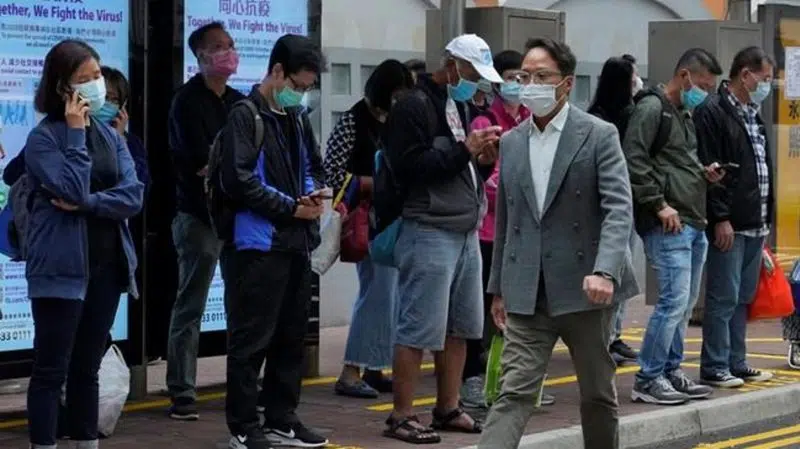
Canadians in Hong Kong settle in to new life under the cloud of the coronavirus
OTTAWA — Karen Grepin’s family arrived in Hong Kong six months ago to start a grand adventure in a new country after she took a job as a professor of public health at the University of Hong Kong.
They have now spent almost half their time there living under the cloud of the COVID-19 outbreak. It has kept her kids out of school for almost two months and required Grepin to move all her classes online.
“It’s been like the worst possible six months,” said Grepin, whose job as a researcher has included work on the virus.
In November, Hong Kong schools were closed amid escalating violence between police and anti-government protesters. Grepin’s two children, ages seven and nine, missed a week of school. Some universities were closed for a month.


